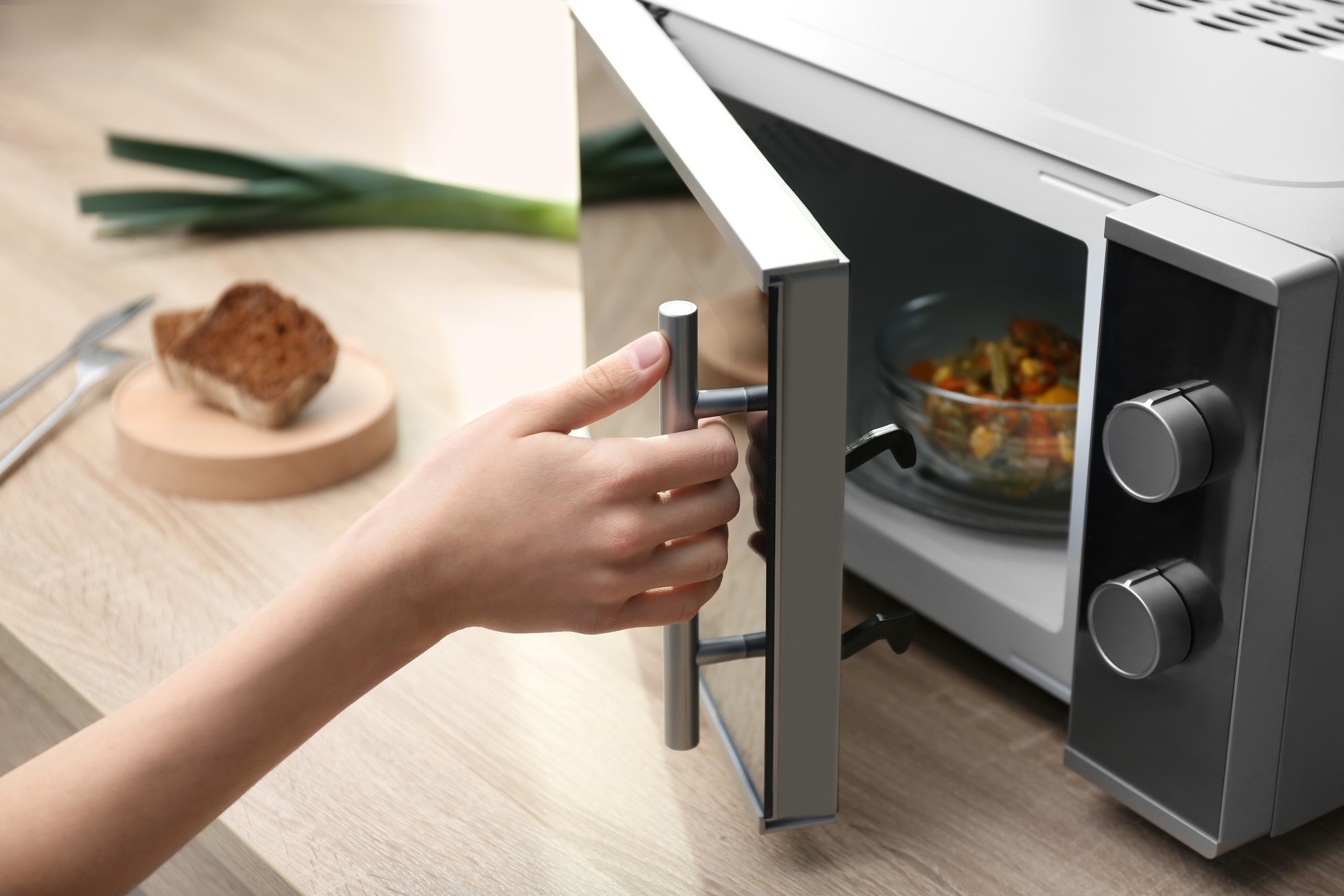- Home
- Blog
- Healthy Cooking
- Fake News! “Microwaving destroys a food’s goodness.”
Fake News! “Microwaving destroys a food’s goodness.”
Written by Catherine Saxelby
on Wednesday, 11 August 2021.
Tagged: health, healthy eating, microwave cooking, nutrition, wellness

Ever since microwave ovens first started to appear in the late 1960s, there has been fear-mongering and myth making to the effect that “You shouldn’t heat food in the microwave”. Here I explain why it’s just plain wrong.
People have long suspected that the waves generated by microwave ovens may destroy the natural vitamins and enzymes in food. We even talk about ‘nuking’ our food as if the magnetron inside the microwave oven is to blame! But it’s just not true.
How microwaves cook
Like light or radio waves, microwaves are a form of electromagnetic energy. These waves of electrical and magnetic energy move together inside your microwave oven. They ‘excite’ the molecules of water throughout the food, making them vibrate which produces heat, much as rubbing your hands together produces friction which generates heat. That's why foods high in water content, like fresh vegetables or soups, can be cooked more quickly than other foods.
The whole heating process is different to baking or boiling because you are ‘exciting’ the molecules inside rather than ‘conducting’ or transferring the heat from one to another, but it’s still heat.

Microwaving is better than other cooking methods
If microwaves destroy nutrients, then so does boiling, steaming, baking and every other method of cooking which involves heat.
Every cooking method can destroy some - but not all – of the heat-sensitive vitamins and enzymes in food. The factors that determine the extent of the destruction are how long the food is cooked, how much liquid is used, and the cooking temperature.
The most heat-sensitive nutrients are the water-soluble vitamins, like folic acid (one of the B vitamins) and vitamin C, which are common in vegetables.
Since microwave ovens use less heat than conventional methods and involve shorter cooking times with little or no water, they generally have the least destructive effects. Steaming is the other healthiest way of cooking.
My 12 ways to cook for health gives you other suggestions.
If you’re worried about getting the most nutrients, it’s still a good idea to opt for a green salad a day made with fresh mixed lettuce leaves, cucumber, tomato and any other raw vegetable. It still is the best way to ensure you get all you need.

The bottom line
Every cooking method destroys a percentage of the heat-sensitive vitamins and enzymes. Microwaving destroys less as less heat is generated. It’s fast and uses little or no water. It’s a healthy way to cook your vegetables. Use it.
Foodwatch
The Good Stuff
The Boring Stuff
© 2025 Foodwatch Australia. All rights reserved
Website by Joomstore eCommerce





